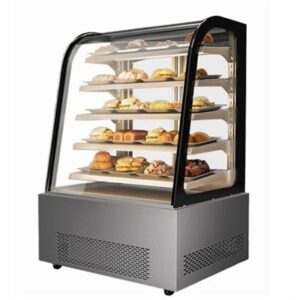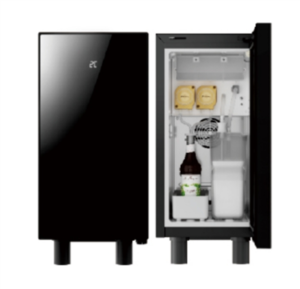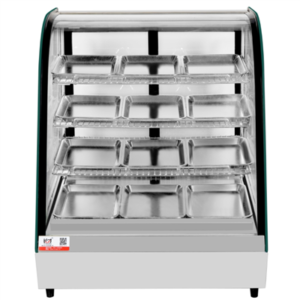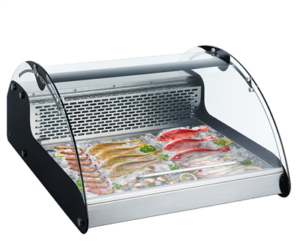Display cabinets protect and showcase valuable items, but improper use can lead to damage or safety hazards. Follow these professional precautions to maximize longevity and functionality.
1. Installation Precautions
✅ Stable Surface – Place on level ground to prevent tipping (use anti-slip pads if needed).
✅ Adequate Ventilation – Maintain 10cm clearance from walls for refrigerated/electronic cabinets.
✅ Power Safety – Use surge protectors and grounded outlets for illuminated units.
2. Loading & Organization
⚠ Weight Limits – Never exceed manufacturer’s capacity (typically 15-25kg per glass shelf).
⚠ Balanced Distribution – Place heavy items at the bottom to prevent top-heavy instability.
⚠ Avoid Overcrowding – Leave 5cm gaps between objects for proper air circulation (critical for chilled displays).
3. Maintenance & Cleaning
🧼 Glass Care – Clean weekly with vinegar-water solution (1:3 ratio) to prevent streaks.
🔧 Hardware Checks – Tighten hinges/locks quarterly to prevent misalignment.
❄ Refrigerated Units – Defrost monthly if manual; clean condenser coils every 6 months.
4. Safety Hazards to Avoid
🚫 Direct Sunlight – UV rays fade fabrics/artwork (use UV-filter glass if unavoidable).
🚫 Abrasive Cleaners – Damage anti-reflective coatings (stick to pH-neutral solutions).
🚫 Children’s Access – Secure doors with childproof locks for cabinets under 1.5m tall.
5. Specialized Cabinet Precautions
🔹 Luxury Displays (Jewelry/Museum) – Use silica gel packs to control humidity (ideal: 40-50% RH).
🔹 Commercial Refrigerated – Monitor temperature daily (0-4°C for food; ±1°C variance allowed).
🔹 Electronics Display – Disconnect power before cleaning touchscreens/interactive panels.
Emergency Response
⚠ Broken Glass – Wear cut-resistant gloves; dispose of fragments in puncture-proof containers.
⚠ Electrical Issues – Immediately unplug and contact certified technicians for repairs.




